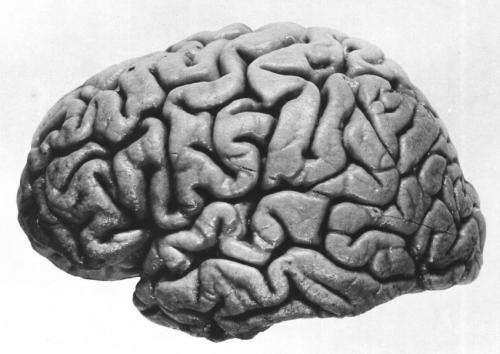Reducing prejudice through brain stimulation

People show less prejudice after receiving low intensity electrical stimulation administered to the frontal part of the brain. Psychologists Roberta Sellaro and Lorenza Colzato from the Leiden Institute of Brain and Cognition published their findings in Brain Stimulation.
Racial bias
Sellaro and her fellow researchers were the first to investigate whether the application of a non-invasive, painless brain stimulation technique called transcranial direct current stimulation (tDCS), reduces prejudice. "The violent protests in Ferguson demonstrate that social discrimination is still one of the leitmotifs of human history," Sellaro says.
The research method
60 healthy subjects participating in the study received a low intensity current administered by electrodes to the frontal part of the brain through the scalp. Half of the people received a sham (fake stimulation), while the other half received a mild electrical current which activates neurons in the targeted region. During the stimulation Sellaro asked participants to categorize in-group and out-group names and positive and negative attributes.
Less prejudice through brain stimulation
Compared to subjects who received the fake stimulation, participants who received the active stimulation showed significantly reduced racial bias. Colzato: "Even if preliminary, these results provide the first evidence that racial biases are not immutable. As such, by means of brain stimulation, the dream of Martin Luther King of a society in which people will not be judged by the color of their skin but by the content of their character, may become a little closer."
More information: "Reducing prejudice through brain stimulation." Brain Stimulation. DOI: 10.1016/j.brs.2015.04.003
















